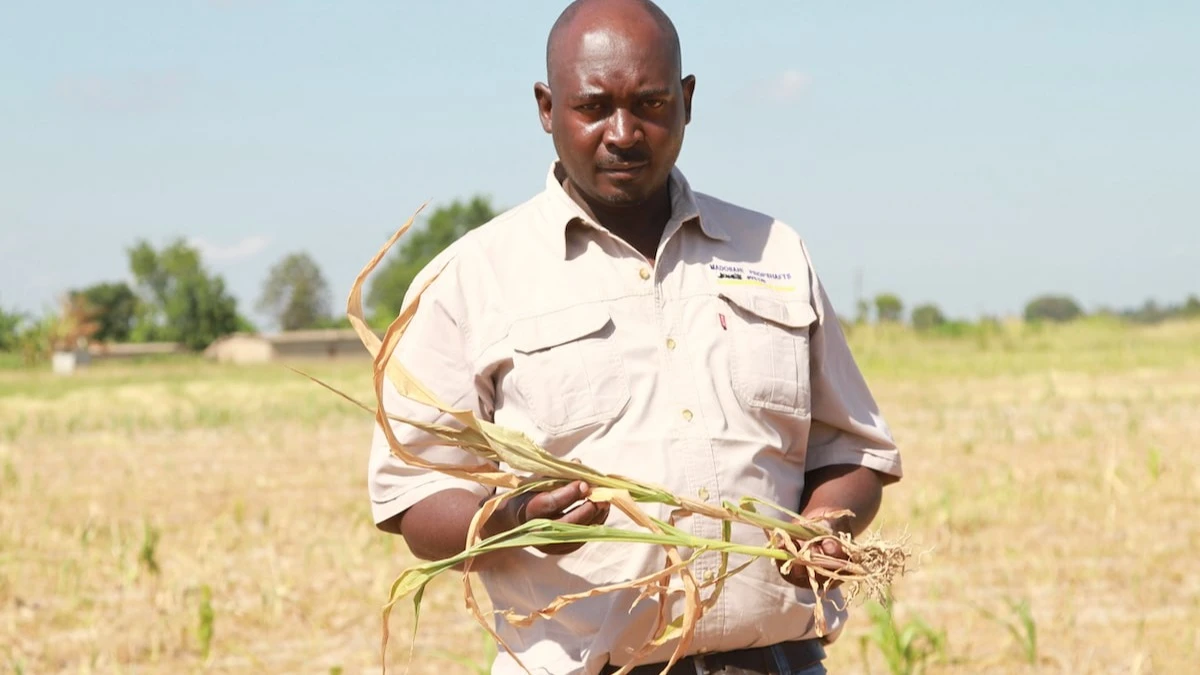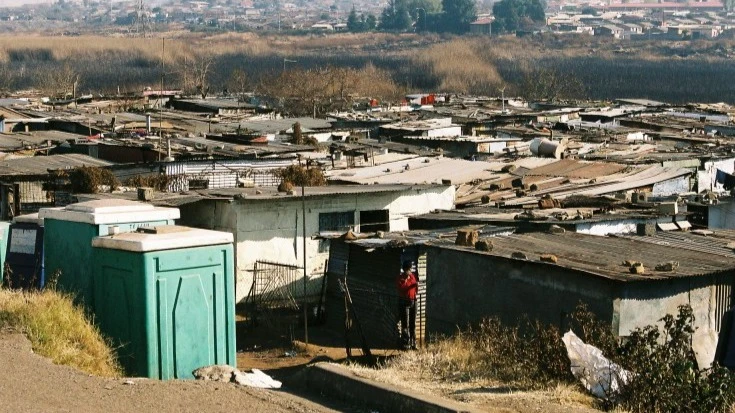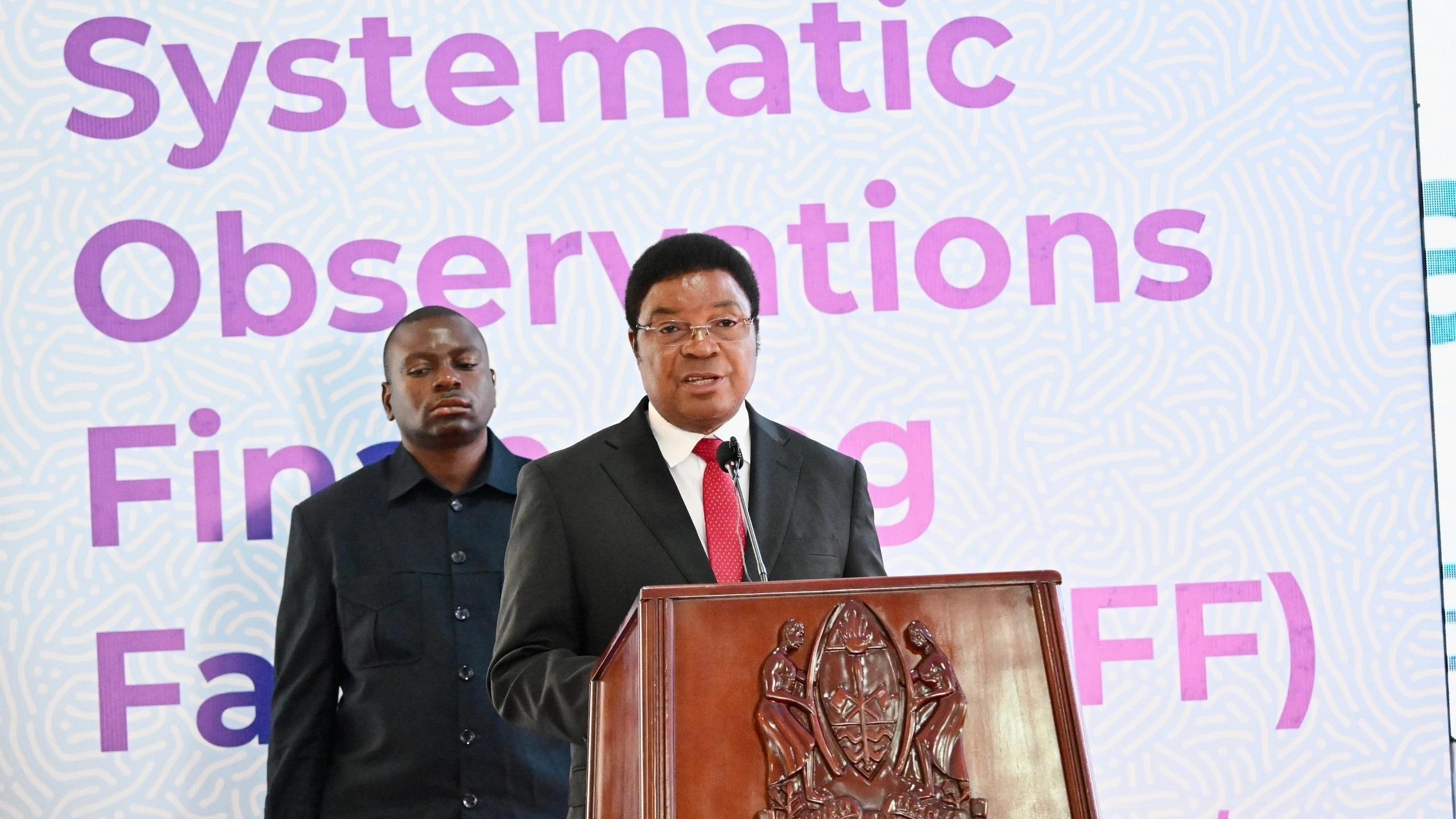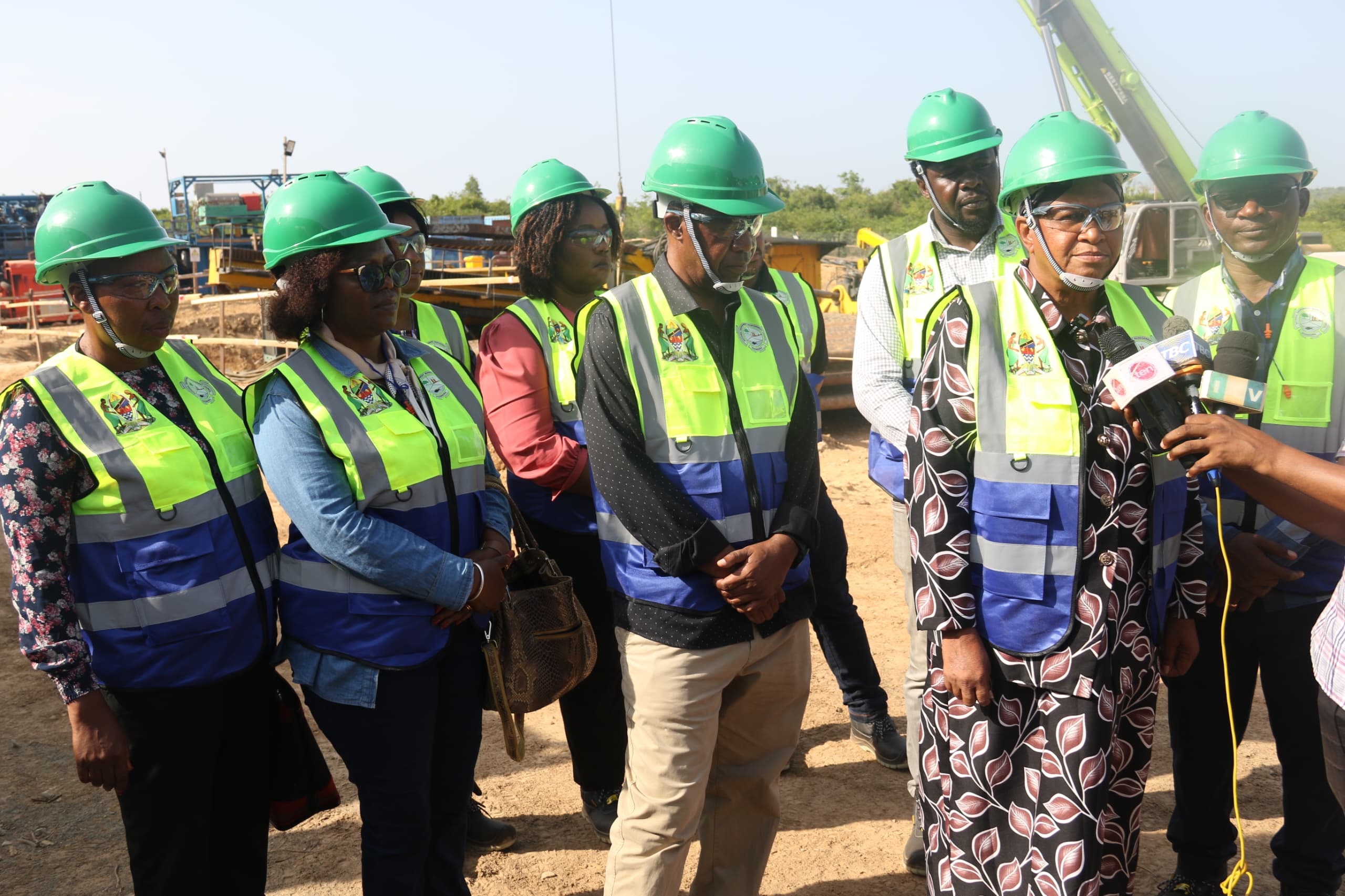Greenhouse farming technology helps transform the way farmers grow crops
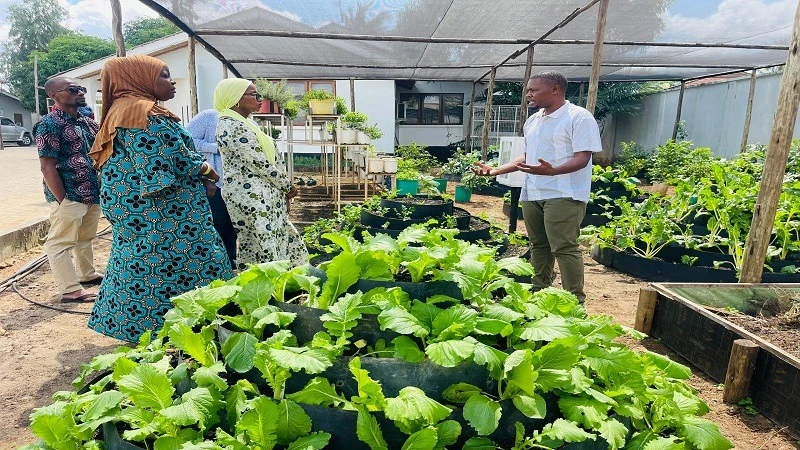
DESPITE a number of innovations in the agricultural sector; most of the small scale producers still practice old ways of crop farming. It is estimated that only 20 percent of the country’s agricultural sector is mechanized.
Innovations done on behalf of the sector are rapidly emerging with establishment of greenhouse farming technology thus making it easier for farmers to adopt the required solutions for various phases of planting including soil preparation, seed sowing, harvesting and finally marketing.
Greenhouse farming is the unique farm practice of growing crops within sheltered structures covered by a partially or transparent material. The main purpose of greenhouses is to provide favorable growing conditions and to protect crops from unfavorable weather and various pests.
This farming technology is being practiced largely in draught resistant zones which receives unreliable rainfalls and requires expensive mechanized state-of-the-art equipment to make it sustainable for better crop production.
Greenhouse farming refers to many different practices and methods, but at its heart it is about using natural methods to improve soil fertility, protect plants and animals, and conserve resources. Some of the most common green farming techniques include composting, and crop rotation.
There are many benefits of applying the techniques. Greenhouse farming can help improve soil fertility, which in turn helps crops grow healthily and produces more nutritious crops. It can also help protect plants and animals from pests and diseases and conserve resources by using less water, land, and fuel.
It is for this reason that the Dar es Salaam based Malembo Farm Company Limited works closely with innovators to make sure that by applying greenhouse technologies, farm products are developed in high standards to satisfy customers’ demand.
The impacts of climate change on agriculture are being felt in all Sub-Saharan Africa whereby farmers still depend on rainfall as a major source of water for farming, hence the need for this kind of technology.
With that in mind, the need to change how things are done is inevitable as long as the world wants to save some population from dying of hunger. The Malembo Farm Company Limited in Dar es Salaam is one of the best examples that have adopted all technological principles for greenhouse farming.
Located along Ally Sykes Road near ocean water-front in Mbezi suburb, Kinondoni District in the outskirts of Dar es Salaam commercial city, the location of the facility which faces the Indian Oceanic water, is intact improving the delivery of innovations to solve challenges of the needy people.
A number of youths aged between 16 and 30 years old are occasionally taught skills development on farming practices. They are given training incentives on poultry farming and many others to enable them acquire technical expertise for handling chicken, aquatic fish and agricultural crops.
The Farm’s Managing Director, Lucas Malembo told The Guardian that his farm focuses on transforming agriculture and managing natural resources sustainably and champion a holistic approach that boosts yields, protects the environment and connects smallholder farmers to thriving markets.
The founder of the project further noted that: “He is committed to strengthen entrepreneurship capacities of young people in the Agribusiness sector. Both projects operate to strengthen people’s capacities and enable them with access to self-employment opportunities in fisheries and poultry value chains.”
As it has proven its power in other areas, greenhouse farming technology can have a huge impact on the agricultural sector as well. Though it is still a small scale in Tanzania, the practice has to a larger extent been transforming the way farmers can grow crops.
This is a system of growing crops in a closed and transparent structure where climatic conditions and sunlight are regulated while protecting the plants from extreme conditions. The enclosed and transparent structure is what is known as a ‘Greenhouse’.
He said the technology is new in Tanzania and is largely incorporated with a drip irrigation system where water in form of one drop at a time is directed to the root zone of a plant and in this way it is not lost through surface run-off or evaporation. This in turn discourages the growth of weeds which is bad for the plant’s growth.
In cities where land space is limited, this type of farming is crucial, said an agricultural entrepreneur Malembo. According to him, one must invest millions of shillings to construct the greenhouse farming project with expectations to produce varieties of vegetable crops.
Malembo’s told The Guardian that greenhouse occupies an area of 30m by 20m producing an average of 1 ton of green vegetables per month whereby he earns money in the market. According to him customers flock within his compound house during harvesting seasons in need of farm products with some buy in a wholesale agreement.
In this type of farming, constant supply of water is an important as wings to a bird, he said, adding that he has also constructed a fish pond on which he keeps fish. Not only that, he engages in snail farming, rabbit farming as well as poultry farming which have made him become an Investment adviser and a commercial investor, leave alone being a trainer for small scale farmers.
It is a normal phenomenon to see scores of youths who graduates from higher learning institutions have a notion that, once have completed their degree courses, they don’t want to engage in farming activities. Instead they opt to be employed by big organizations to cherish their desired ambitions.
But this concept is contrary to Malembo , a Tanzania graduate from Egerton University in Kenya, who after having completed his degree studies a decade ago, he became resentful by the growing unemployment rate and instead was inspired to engage himself in self-help agricultural farming activities.
He ventured into the sector to practice what he had studied and thereby established a greenhouse to accomplish his passion as an agriculturalist in order to earn a daily living. As years dragged on he managed to build a conical garden and a fish pond.
Cone gardens look like an ice cream cone made from arranging soil in a conical shape using polythene sheets and recycled paper from construction sites, or recycled drums. Another advantage is that the gardens use drip irrigation and are very efficient in their use of water.
Although the entire Tanzania territory is endowed with large space of arable land for cultivation, the country’s agricultural policies are not so conducive at this time when the world applies high technological innovations to enable youths engage in large scale farming activities.
Lack of good agricultural policies in the country has been a drawing back to the development of the sector and its initiatives in the country”.
With the current existing policies, nobody is allowed including farmers to borrow money from financial institutions such as banks or Savings and credit societies as capital to engage in agricultural sector for lack of collaterals, a factor that has discouraged scores of unemployed youths without work to do.
In view of the prevailing situation, however a number of youths who forms the largest number of population and manpower to spearhead the country’s agricultural development have established in their mindset that, “agriculture is a norm and that has no benefits at all for their future life”.
Statistics by the United Nations-Food Agricultural Organization (FAO) shows that, “60 percent of the world’s land surface is arable for cultivation and about half of it can be found in three African countries—Tanzania, Mozambique and Zambia.
Statistics by National Bureau of Statistics of Tanzania has approved that, the entire country land surface for agriculture covers 44 million hectares, and out of this only 24.4 million is used for irrigation and 10.9 for normal farming whereas the rest stays fallow.
Top Headlines
© 2025 IPPMEDIA.COM. ALL RIGHTS RESERVED




